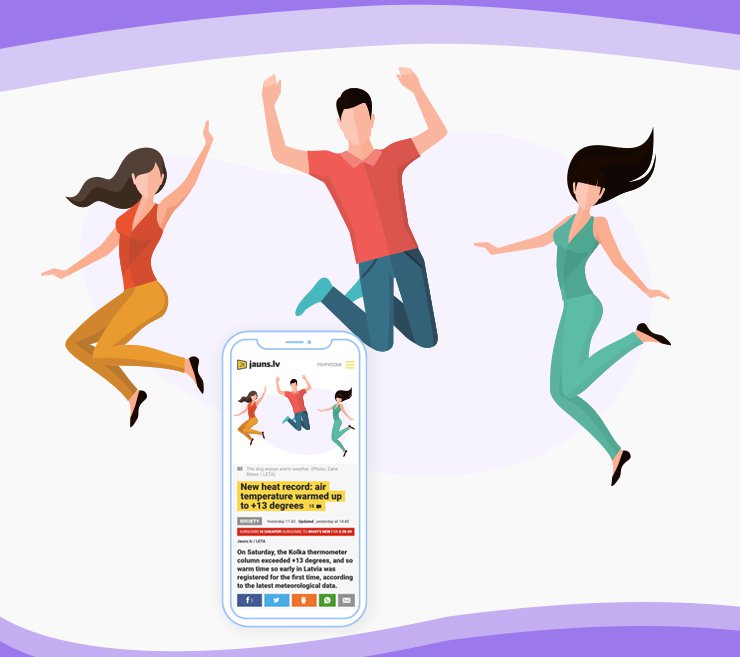Native ads: why is it still popular and many brands looking for native supply?

Advertisment is a useful content, organic addition to the article, target into the audience interests. The native gradually supersedes banners and consolidates its position on the market, creating space for original brand solutions and various ways for site monetization.
Online video consumption is increasing year by year. According to Zenith, the user will spend 84 minutes by 2020th watching videos every day. This year it is the 67 minutes. This behavior is easy to explain: the audience spends fewer resources answering their questions, meets the needs for entertainment, recreation, it’s more comfortable to see, not read, in most everyday situations. The same dynamic is in the video advertising, which allows brands to improve their strategies focused on customers’ needs. Therefore, in a year and a half literally, according to Zenith, promoters will bring $ 43 billion to the video advertising market.
The relatively young segment of native advertising has not fully decided on the terminology. And often the term "native advertising" means everything that is not a direct call to action, as well as sponsorship and product placement. This is not quite true: a native or natural advertising is a creative type that meets the theme of the site, corresponds to its content, is similar in form and tone of communication with the audience. To achieve this, Mox.tv units automatically determine the place on the site’s page where they will be visible and relevant to the user. Implicit advertising brings aesthetic pleasure, neatly frames the consumed content and due to this, it is positively perceived by the audience.
Mox.tv forecasts the growth in the native video advertising segment. It will occur on the wave of such trends:
-
Internet advertising is more effective than posting on TV and in traditional media. Advertisers have noticed that with the same investments, in the online segment, it is lower the cost per action.
-
Mobile devices are oftener than desktop devices used to access the Internet. The outgoing year ad formats are obsoleting, and by 2020 mobile video will cover 75% of mobile traffic.
-
Banner blindness is not a myth. 53% of users are likely to watch the native than click on the banner, even it’s in their eyeshot
-
Aggressive ads formats annoy the audience. So, brands are looking for solutions increasing customer loyalty and ways to stand out among competitors.
-
Ad blockers are lending a hand to advertisers and ready to skip unobtrusive creatives. The natives are about that.
-
News algorithms in the user’s feed move to video native’s advantage. Ensuring that the commercials oftener appear in the user’s feeds, and perceived better than any branded content.
In 2017 60% of advertisers were looking for platforms where placed native interactive. The cry is steadily growing by 1-2% annually. Only leader formats are changing, and now it is out-stream – more than half of budgets are invested in the native, which is automatically reproduced when reading and/or scrolling content getting in the users’ crosshairs. If the advertisement is interesting, users only need to turn on the sound and watch the video until the end.
